By Steve & Tamami Laser
UPDATE: We had a chance to test drive the new Sienta in Nagoya, Japan.
Visit the following link for our story that includes driving and walkaround videos:
Toyota Sienta Quick Review in Japan – We Test this New-Age Van in Nagoya City
Toyota has introduced the next generation Sienta in Japan. If first impressions count we’re wondering if it could come to the U.S? Sienta (no relation to the much larger U.S. market Sienna) is said to be based on the Toyota Vitz, also known as the Yaris. With a sporty exterior design “inspired by the shape of a trekking shoe,” the new Sienta wants to overturn existing preconceptions of typically square minivans.
At the front, Toyota says the bumper garnish creates a unique impression, flowing seamlessly from the headlights to the fog lamp grilles, as if designed with a single brush-stroke. By emphasizing the corners of the bumpers, attention is drawn to the wide, low stance of the van’s design.
The rear contrasts a narrowing cabin with an underbody featuring prominent corners, emphasizing Sienta’s stability. The bumper garnish fuses the combination lamps with the bumper protectors, creating a unique look.
Compact yet featuring three-row seating, the interior maximizes cabin space with a flat, low floor. This, in addition to the wide 3.3-meter-high sliding door that opens all the way to the third row, makes getting in and out easier for both kids and adults.
The interior focuses on functionality, handling and comfort. The upper half of the instrument panel is simple and expansive, while switches and other controls in the lower half are located within easy reach of the driver.
The high-definition multi-information display (4.2-inch color TFT LCD) is a standard feature on the G and X Hybrid models and remains available as an option on others. In addition to an entertainment-focused start screen, the display can provide a wealth of useful information to aid eco-friendly driving, such as fuel economy history and the “Eco Judge” drive tracking application.
Seats have been placed in a stadium arrangement, elevated gradually toward the rear. This gives the side silhouette and beltline the impression that the cabin is sloping forward, energizing the side profile. Every seat is within reach of easy-to-use storage spaces such as the passenger-side glove-box (decorated in orange) and trim pockets (with a dotted pattern in the rear cargo space).
The flat, low floor has been made possible by positioning the hybrid battery beneath the front of the second row, with the slim-design fuel tank located beneath the front seats. The interior and flat floor allows for easy movement throughout the cabin.
The hybrid Sienta comes with a 1.5-liter hybrid system (THS II with reduction gear). Toyota says it achieves class-leading fuel efficiency of 27.2 km/L under the JC08 test cycle. It exceeds the government’s 2020 fuel economy standards by 20 percent. Since it is certified as producing emissions that are 75 percent lower than the 2005 MLIT standards, the hybrid model is eligible for eco-car subsidies and tax incentives.
The non-hybrid Sienta (2WD) comes equipped with a new 1.5-liter engine (2NR-FKE) with a fuel efficiency of 20.6 km/L in the X V Package under the JC08 test cycle. The non-hybrid model utilizes the Atkinson Cycle (also used by the hybrid) with Cooled EGR (Exhaust Gas Recirculation) and VVT-iE (Variable Valve Timing-intelligent by Electric motor), to combine high-level fuel efficiency with performance.
The “Stop & Start System” idling-stop function is also standard. The non-hybrid Sienta meets MLIT’s 2020 fuel economy standards and, since it is certified as producing emissions that are 75 percent lower than the 2005 standards, it is also eligible for Japan’s subsidies and tax incentives for eco-cars.
Toyota Safety Sense C is a collision avoidance assist package that uses both a laser radar unit and a single-lens camera. It’s part of a multi-faceted approach to active safety, and is available as an option on all models.
Pre-collision System (PCS) uses a camera and laser radar to detect objects ahead of the vehicle. When a potential collision is detected, it prompts the driver to brake with an audio and visual alert. If the driver fails to brake in time, the system automatically applies the brakes, reducing speed by approximately 30 km/h to prevent or mitigate damage from the collision.
Lane Departure Alert (LDA) uses a camera to detect white and yellow lane markings. If the vehicle starts to deviate from the lane, LDA warns the driver with an audio and visual alert, helping to prevent lane deviation.
News source and photos courtesy of Toyota Motor Corp. Features and specifications apply to models sold in Japan and are subject to change without notice.
Story (commentary) © 2015 CarNichiWa.com
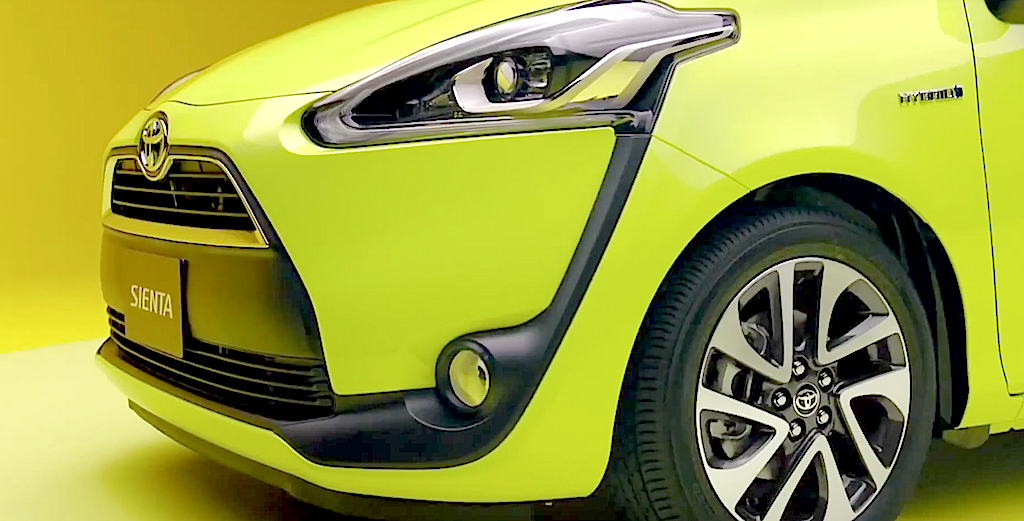
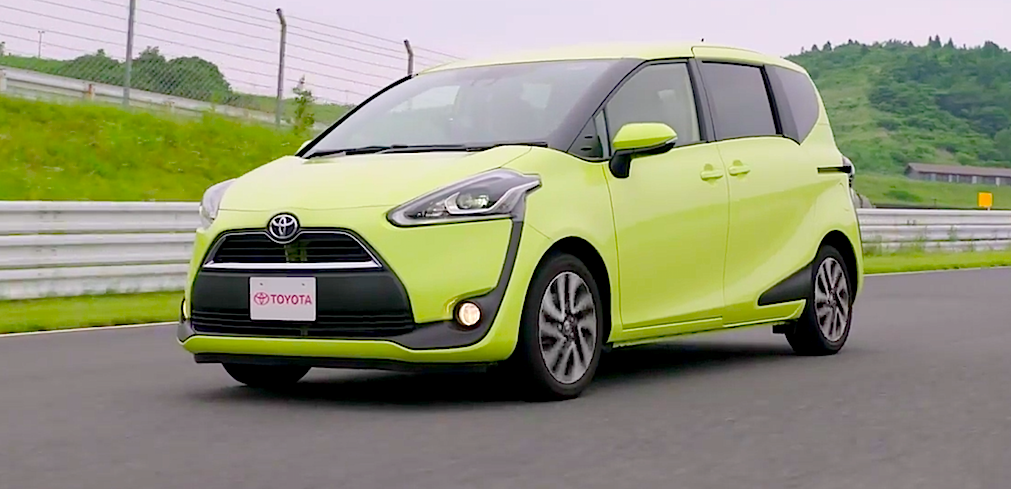
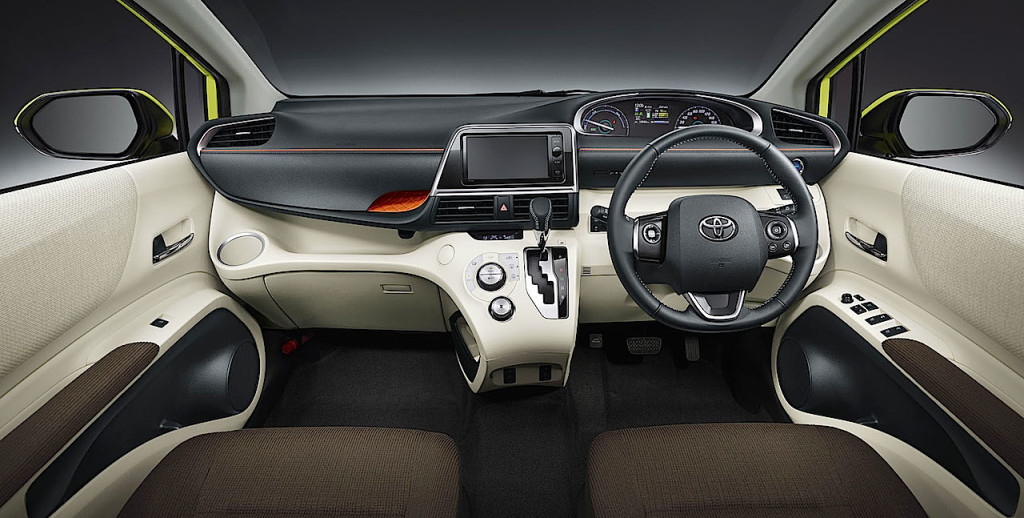
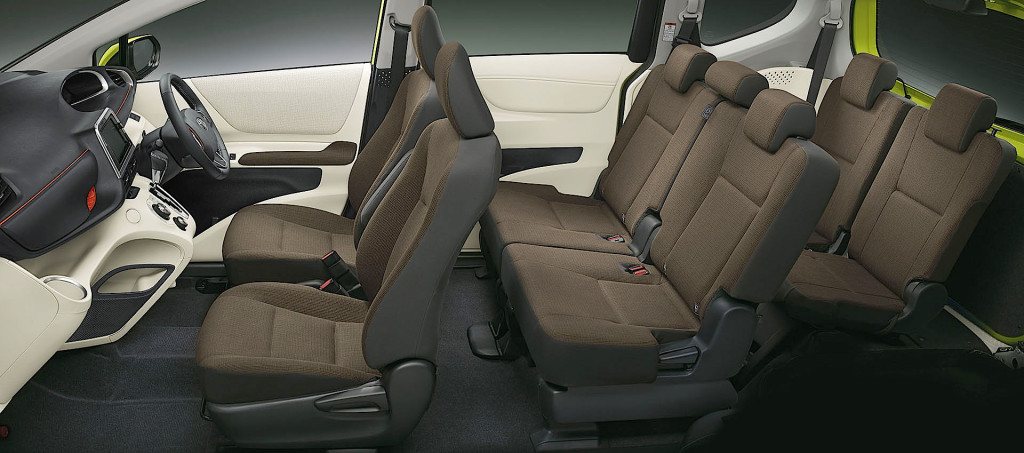
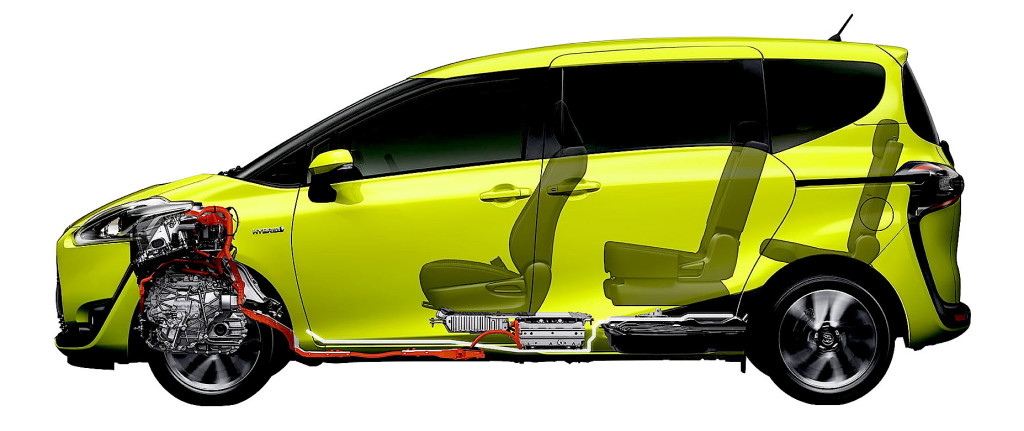
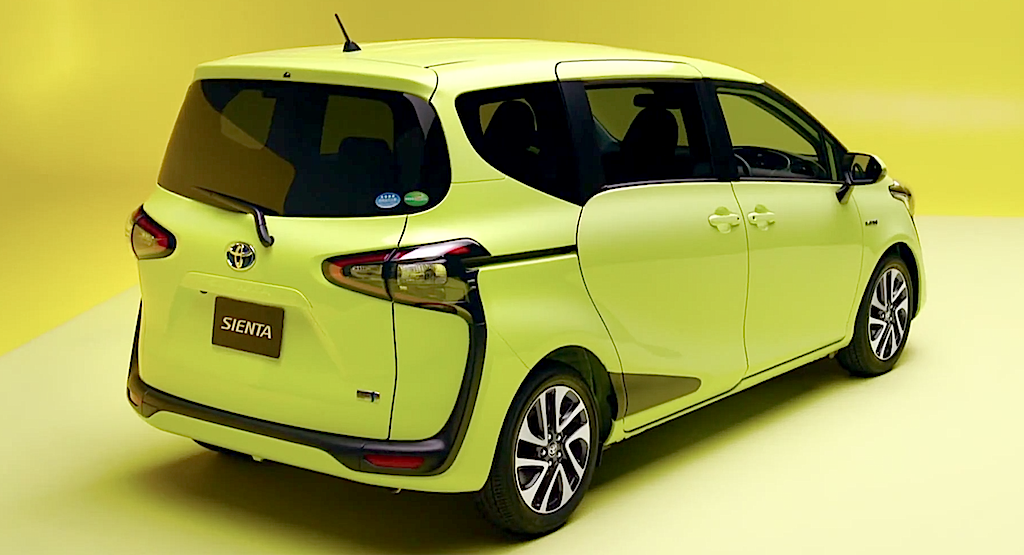
Send it America – ASAP – it will become a big success in all of the States.